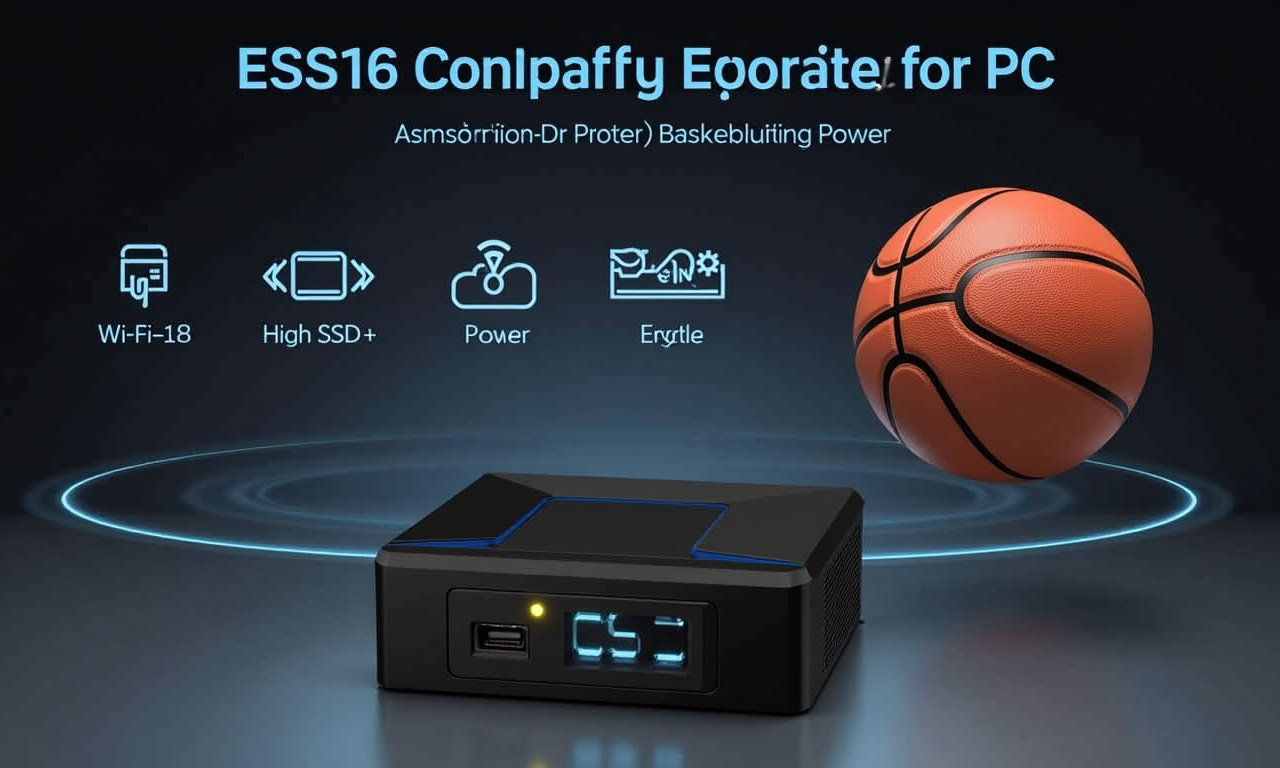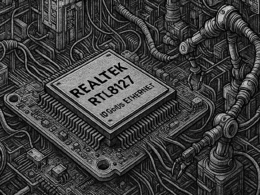In the competitive realm of gaming peripherals, precision and response times are paramount. Recently, a notable discussion has emerged surrounding the use of optical versus Hall effect technologies in gaming keyboards. Razer, a prominent player in the gaming hardware industry, has made a significant claim regarding the superiority of optical switches over Hall effect ones. The company contends that optical switches offer enhanced precision because they are less influenced by environmental factors. This discussion is pivotal for gamers seeking optimal performance, especially in fast-paced gaming environments where every millisecond counts.
Zooming In
Optical vs. Hall Effect Switches
Optical and Hall effect technologies both facilitate analogue input in keyboards, allowing for variable keypress depths that can mimic the subtlety of a joystick. This feature is particularly beneficial in gaming genres such as racing or precision-dependent scenarios. Optical switches function using light beams and sensors, whereas Hall effect switches rely on magnets to detect key positions. Razer argues that magnets can present consistency issues, potentially affecting performance during intensive gaming sessions.
Razer’s Perspective
Razer’s product manager, Dexter Tan, explains that the company favors optical switches due to their reliability in maintaining consistent performance. “Magnets are a little bit volatile, they’re hard to control,” Tan notes, referring to the potential for deviation in Hall effect switches. According to him, optical switches remain uniform because the light beams used do not vary, thereby offering a more precise actuation measurement.
Industry Response and Comparisons
Competing Technologies
Though optical switches aren’t new, Razer’s latest assertions bring them back into the spotlight. The gaming industry has seen various keyboard manufacturers experiment with different switch technologies. For instance, Cherry recently introduced induction switches, boasting lower costs and greater energy efficiency compared to traditional mechanical switches. This move signifies a broader trend of innovation in an attempt to capture the most discerning gamers.
Expert Insights
Industry experts acknowledge that while optical switches might offer theoretical advantages in precision, the actual perceptual difference for gamers could vary. A professional gamer might appreciate the nuanced improvements, whereas casual users may not discern as significant a difference.
Market Impact and Consumer Considerations
Pros and Cons for Gamers
For gamers deciding between optical and Hall effect keyboards, several factors should be considered. Optical switches are championed for their precision and consistency, though they require more power-a potential downside for wireless keyboard enthusiasts. However, Razer maintains that wireless gaming keyboards are less common and thus, the increased power demand is a minor concern.
Future Trajectories
As the debate between optical and Hall effect switches continues, new technologies such as TMR and induction are already on the horizon. These emerging technologies could potentially overtake current standards, making the choice more complex for consumers.
Conclusion
Ultimately, Razer’s endorsement of optical switches highlights a preference for precision and reliability in gaming keyboards. While this perspective may influence some industry shifts, the overall impact will depend on consumer feedback and future technological advancements. As the gaming hardware landscape continues to evolve, both manufacturers and players will need to weigh precision, power consumption, and personal preference in the choices they make. For now, the battle between optical and Hall effect is one to watch for any dedicated gamer looking to optimize their setup.









